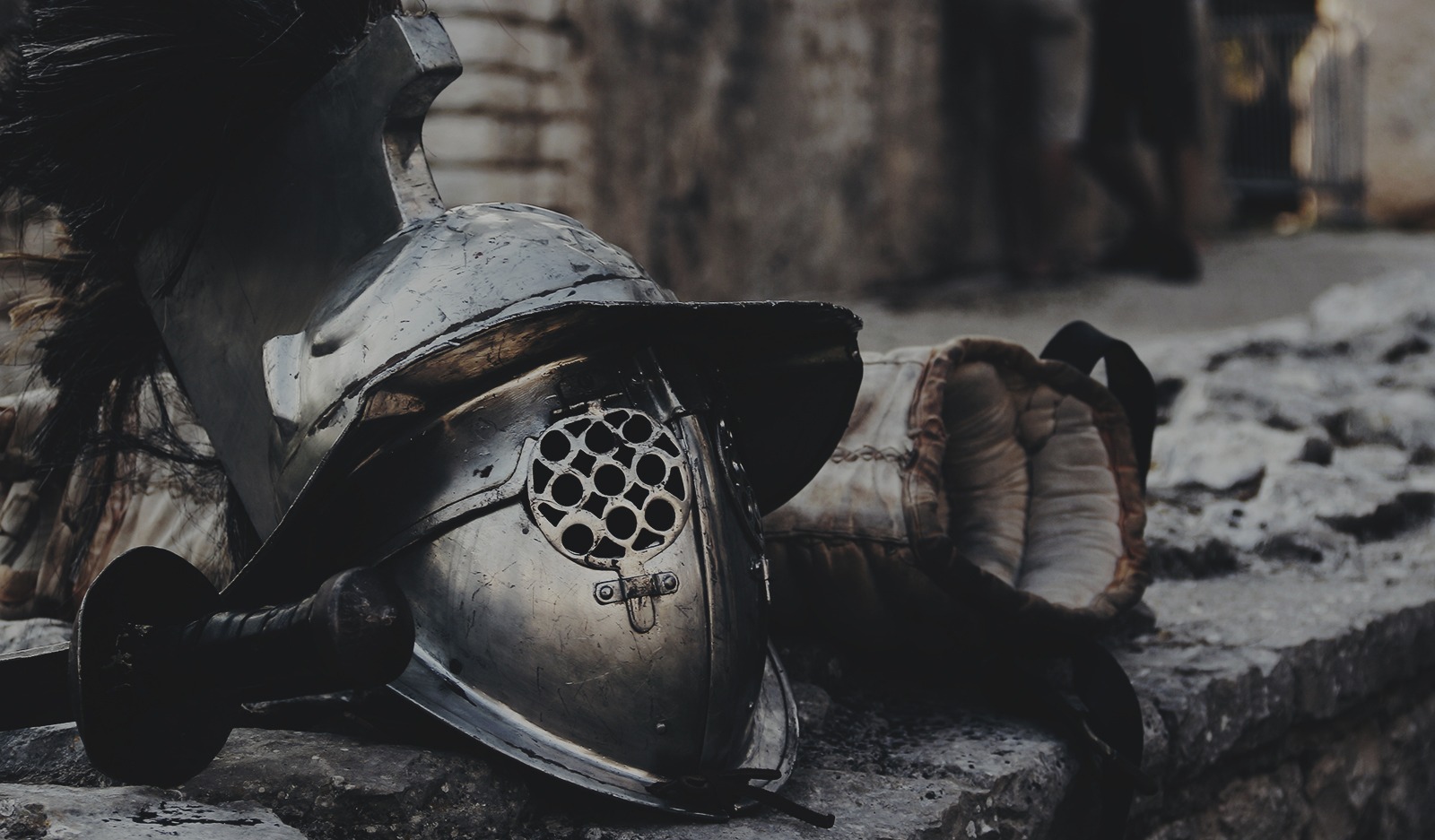Iron and steel have helped to shape human history for thousands of years and in ancient times were used to produce items such as tools armour, jewellery and weaponry. Such artifacts have given scientists insights into the lives of ancient cultures, however, the origins of some have posed questions to scientists due to their advanced nature.

Let’s take a look back in time at some of the most mysterious forms of iron and steel from the ancient times.
Egyptian Meteoric Iron
Before humans had the technological know how to smelt iron from iron ore, the only source of iron came from the heavens – literally. Iron fell to Earth in meteors, which supplied ancient blacksmiths a ready to use material. As it was so rare it was only used for special purposes and was thought to have sacred powers, as it was a gift from the gods. In Ancient Egypt, two examples include iron beads that date to 3000BC and King Tutankhamun’s own dagger, which dates to 1500BC.
For a time the origin of such metals was a mystery, as these iron artifacts seemed out of place in a pre-iron-age world, however, modern technologies have allowed scientists to confirm their extra-terrestrial origins. One factor that the unique nickel presence found in meteoric iron – terrestrial iron doesn’t hold this signature as iron separates from nickel when it is formed in the earth’s core.
Ulfbhert Steel
Ulfbhert steel swords were an incredibly desirable type of blade forged by the Vikings from the 8th to the 10th century. They were lightweight and strong, but not brittle, and therefore could absorb the force of an enemy’s sword. At the time they were the Rolls Royce of swords in Europe and had an almost mythical reputation. Ulfbhert swords were crafted from a pure form of metal called crucible steel, and to this day the incredible technology used to form these blades is somewhat of a mystery to scientists.
Modern steelmakers must heat iron ore to around 1650 degrees Celcius to liquify the iron and remove impurities known as slag and to add carbon to harden the iron to form steel. Medieval methods didn’t allow for such temperatures, so the slag had to be removed by pounding it out with a hammer. Also, Ulfberht steel had a carbon content three times that of other steel found during the time. It is speculated that the some of the know-how and materials may have come from the middle east, as the Volga trade route which connected Vikings to the middle east opened at around the first time Ulfberhts were documented and closed at about the same time as the last Ulfberhts were produced
Damascus Steel
Damascus Steel, also known as Ukku, Hindvi Steel, Hinduwani Steel, Teling Steel and Seric Iron had a near-mythical status in the ancient world and was forged in the Near-East from the 3rd century right up until the 17th century when the technology was lost to history. The forging method used a form of pattern welding to create blades, which took ingots of wootz steel produced in India and Sri Lanka and folded them into intricate patterns that looked like flowing water. The technology was extremely advanced for its time, and in 2006 a German research team found carbon nanotubes within the blade, which explains the steel’s legendary properties of being both superplastic and sharp.
There are tales that describe the ability of Damascus steel sword to cut through the barrel of a rifle or to split hairs that fall across their blade. These tales have likely been the inspiration for the fictitious ‘Valaryian’ steel mentioned in the Game of Thrones books and television series.
If you’d like more information about steel production, and steel fabrication or if you need quality steel that is fabricated to suit your unique needs, contact Steel Fabrication Services today.
Our team of expert structural steel fabricators have the experience and knowledge to answer any of your questions and will ensure that you find the best solution to suit your needs. To contact us today, simply call, fax or email for information or a steel fabrication quote, or drop by our Brookvale location.